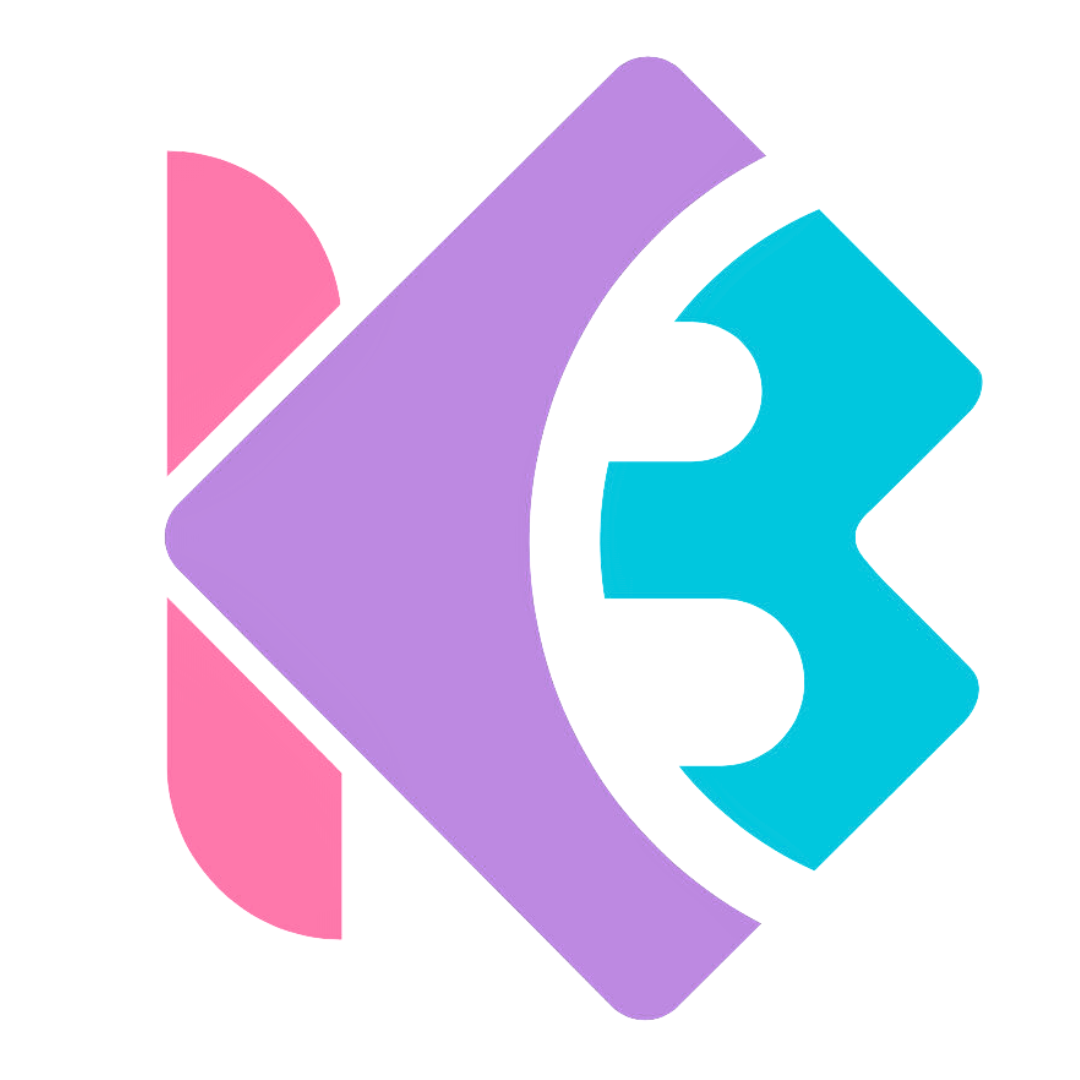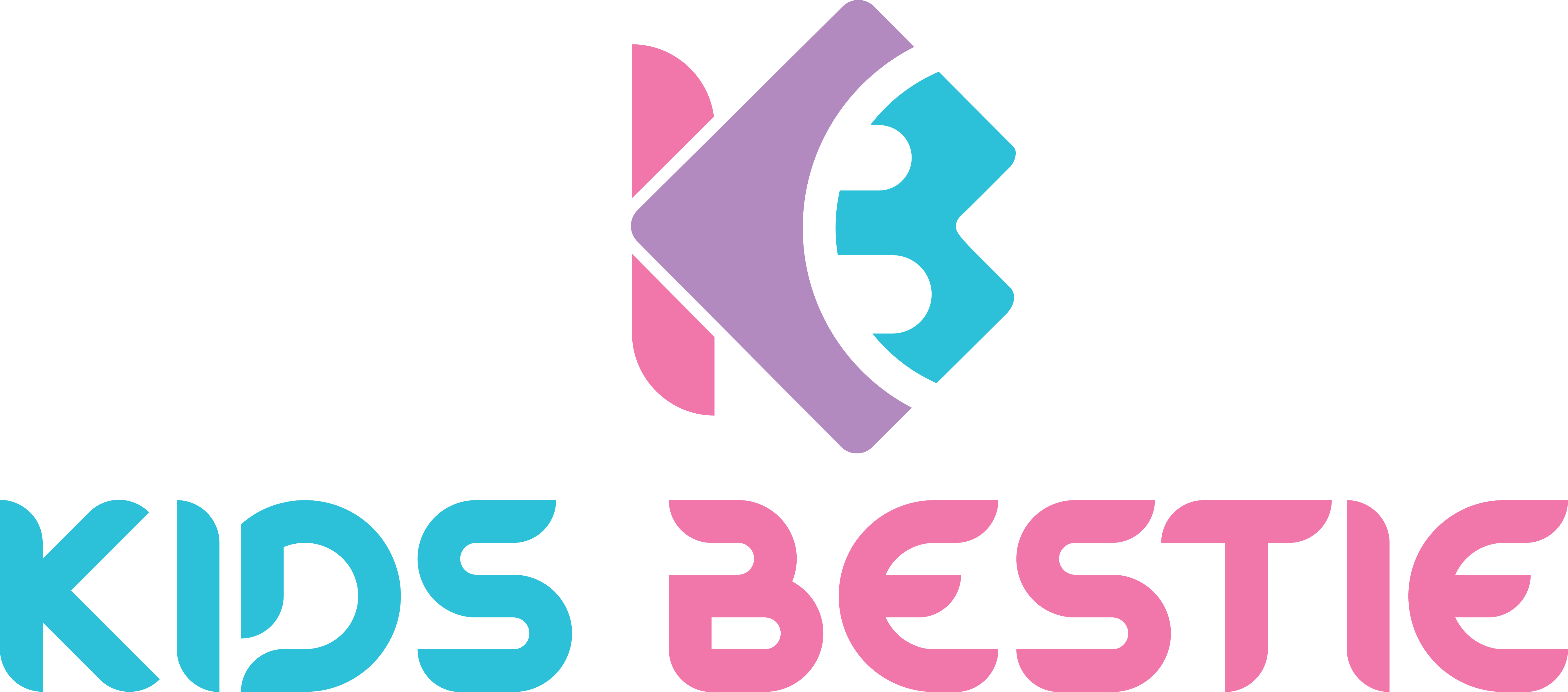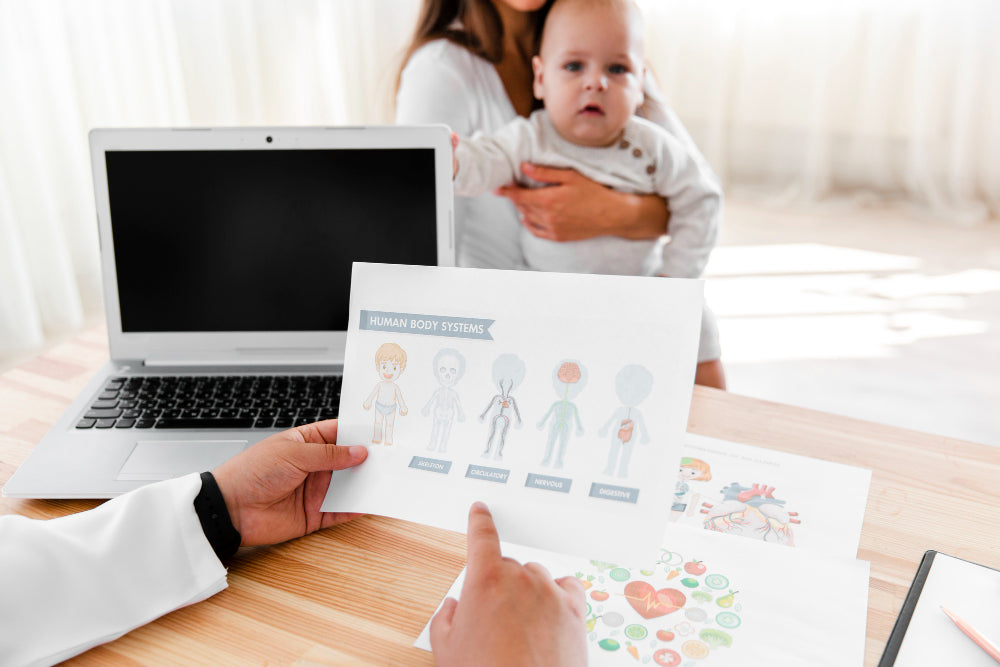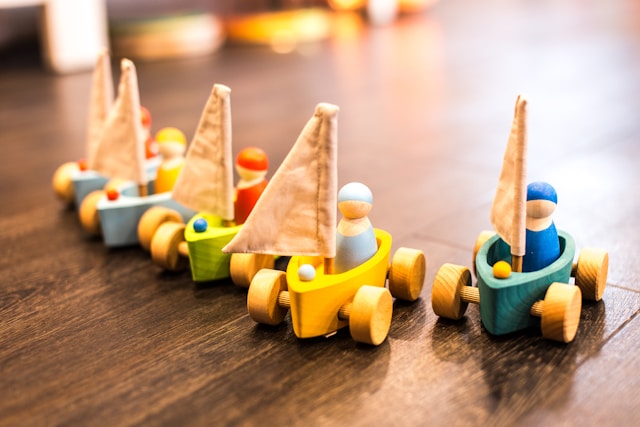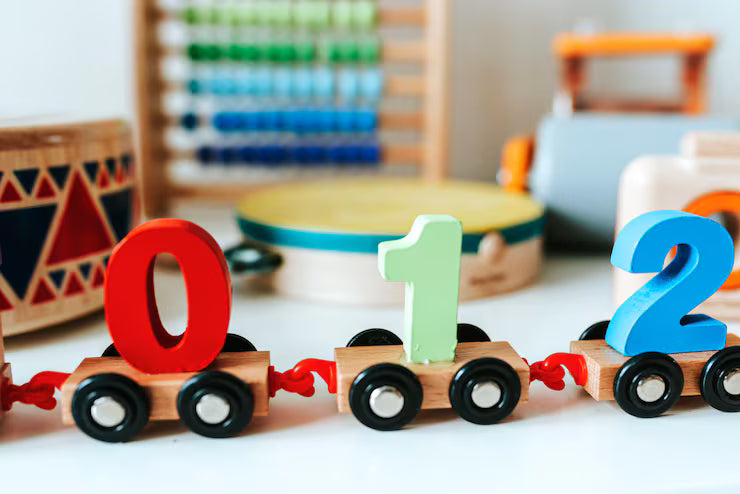
Month-by-Month Toy Guide for Infants 0–6 Months: What to Buy & When
This article guides you through what actually works, month by month. No fluff, no fancy jargon—just what your baby needs and when.
When my neighbour brought her newborn home last year, she asked me something that stopped me in my tracks: "Do babies this tiny even need toys?"
Here's the thing—yes, they do. But not in the way we think.
Those first six months? Your baby's brain is firing up faster than a Diwali rocket. Every coo, every grasp, every wide-eyed stare at a rattle is actually neural pathways forming. The right toy at the right time isn't just entertainment. It's development in action.
Let me walk you through what actually works, month by month. No fluff, no fancy jargon—just what your baby needs and when.
Month 0–1: The "Hello World" Phase
Your newborn can't see much beyond 8–12 inches. Everything's blurry except your face when you're feeding them. Their movements? Mostly reflexes.
So what helps?
High-contrast toys. Black and white patterns grab their attention because their developing eyes can actually process them. I've seen babies go completely still, mesmerised by simple geometric shapes. 
Soft rattles work too, but here's what nobody tells you—keep them gentle. Loud sounds can startle more than soothe at this stage.
Kids Bestie's sensory toys with bold patterns are designed exactly for this phase. Place them within their line of sight during tummy time (yes, start tummy time early—even 2 minutes counts).
Month 2: The Discovery Begins
Around week 8, something magical happens. Your baby starts tracking objects with their eyes. They'll follow a toy moving slowly across their field of vision.
This is when soft mobiles become worth their weight in gold. Hang one above the changing table, and diaper changes suddenly get 40% easier (trust me on this).
Their hands are still doing that adorable starfish thing, but they're starting to swipe at objects. Not grabbing yet—just batting.
Get toys they can accidentally hit that make gentle sounds. It teaches cause and effect: "I moved my hand, something happened."
Month 3: Hands Come Alive
This month changes everything. Those tiny fists unfurl, and suddenly your baby wants to grab everything. Your hair, your nose, anything within reach.
Lightweight rattles become essential. The key word? Lightweight. Their grip strength is still developing, so heavy toys just frustrate them.
Look for rattles with different textures—smooth, bumpy, ridged. Kids Bestie's multi-textured rattles let babies explore with their hands and (inevitably) their mouths. Yes, everything goes to the mouth now. That's normal. It's how they learn.
Wrist rattles work brilliantly here. Strap one on, and watch your baby discover they control those magical jingling hands.
Month 4: The Giggle Factory Opens
Four months in, your baby is a different human. They're laughing—really laughing. They're rolling (or trying to). And they're frustrated when toys roll away.
Soft blocks and crinkle toys are perfect now. The crinkling sound? Addictive to them. I've watched babies squeeze crinkle books for 15 minutes straight.
Activity gyms come into their own this month. Your baby can now intentionally bat at hanging toys, and each successful hit releases a dopamine party in their brain. They're learning "I can make things happen."
Kids Bestie's play gyms come with multiple textures and detachable toys—smart, because by month 5, they'll want to rearrange everything.
Month 5: Sitting Support and Social Play
Most babies are sitting with support now. Their world literally expands because they can see so much more.
Soft stacking toys and squeeze toys work wonders. They're figuring out that objects are separate things, not extensions of you.
Here's something pediatricians emphasize but parents often miss: toys that encourage reaching across the body's midline (reaching right hand to left side) help develop coordination. Simple stuff like holding a toy to their side so they twist to grab it.
Teething is probably starting, so everything needs to be mouth-safe. Silicone teething toys that double as rattles are brilliant investments.
Month 6: The Explorer Emerges
Half a year old! Many babies are sitting independently now. Some are army-crawling. All of them want to explore everything.
Soft balls they can grasp become favorites. Roll one slowly toward them, and watch problem-solving happen in real-time as they figure out how to stop it.
Toys with buttons, flaps, and doors that open? Perfect for developing fine motor skills. The Kids Bestie activity cube, for instance, has multiple sides with different challenges—keeps that six-month attention span engaged.
Cause-and-effect toys matter more now. Press this, something lights up. Shake that, it makes noise. They're tiny scientists running experiments.
What Actually Matters (Real Talk)
You don't need a toy chest overflowing with plastic. Five well-chosen toys rotated weekly beat 30 random ones gathering dust.
Watch your baby. If they're bored with something, put it away for two weeks. It'll be "new" again when you bring it back.
And here's the truth every parent in India needs to hear: the best "toy" is still you. Your face, your voice, your peek-a-boo games—nothing beats that.
Toys from Kids Bestie or anywhere else? They're supporting actors. You're the star.
But when you do invest in toys, make them count. Choose ones that grow with your baby, that are safe to mouth, and that genuinely match where they are developmentally.
Because these six months? They're gone faster than you think. Make them matter.
